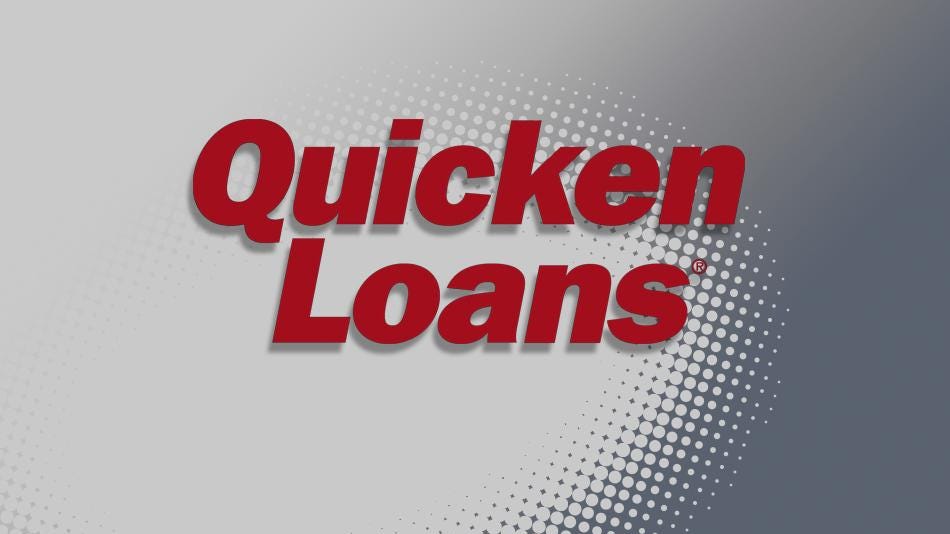


Pay down high-interest debt and lower your debt-to-income ratio Want to see all your finances in one place, including your loans? A personal finance app like Quicken or Simplifi by Quicken can do that for you automatically. That limits your options in using debt as a financial tool. The higher your debt-to-income ratio is, the harder it is to get favorable terms when you’re applying for new credit. Why should you use gross monthly income instead of net? Because that’s the number potential creditors use when considering you for a new loan.

Start by adding up your monthly payments toward every loan you’re carrying. How to calculate your debt-to-income ratio If your ratio is already under 10%, you’re in a great position to use your cash for something else. If you have a high debt-to-income ratio near 43% (or more), you’ll want to pay down some of your debt to improve your credit score. The first step is to figure out your debt-to-income ratio: the total amount you’re spending in loan payments each month, divided by your income. Plan your perfect debt-reduction strategy in 3 steps 1. When used well, debt can be a key ingredient in a healthy, growing financial portfolio.īefore you start paying down your mortgage, car loan, or student loans more aggressively, take these 3 steps to weigh your options and create the right plan for your situation. Most people think they should pay off all their loans as soon as possible, but that isn’t always true. If you’re asking these questions, you’re on the right track.


 0 kommentar(er)
0 kommentar(er)
